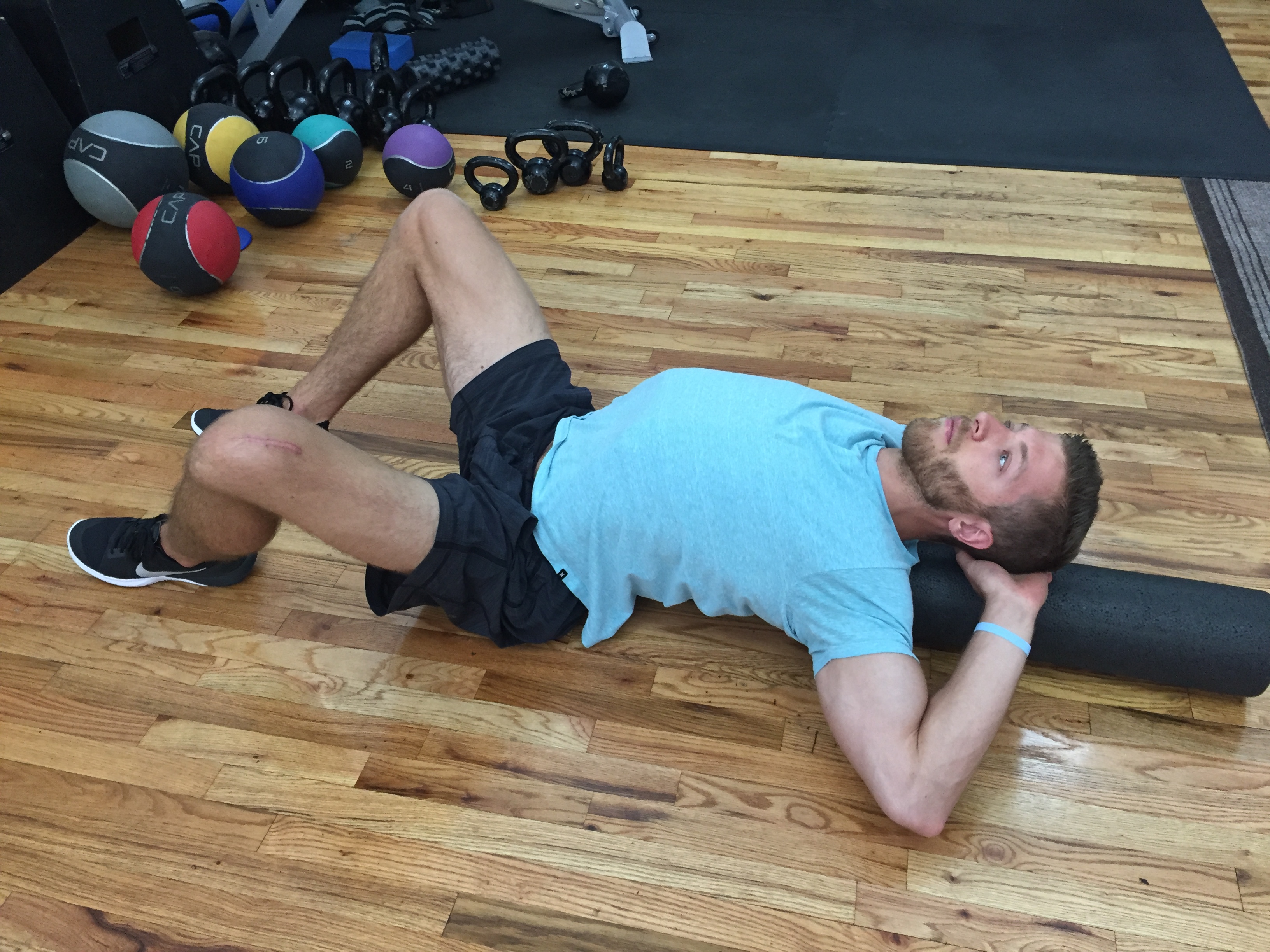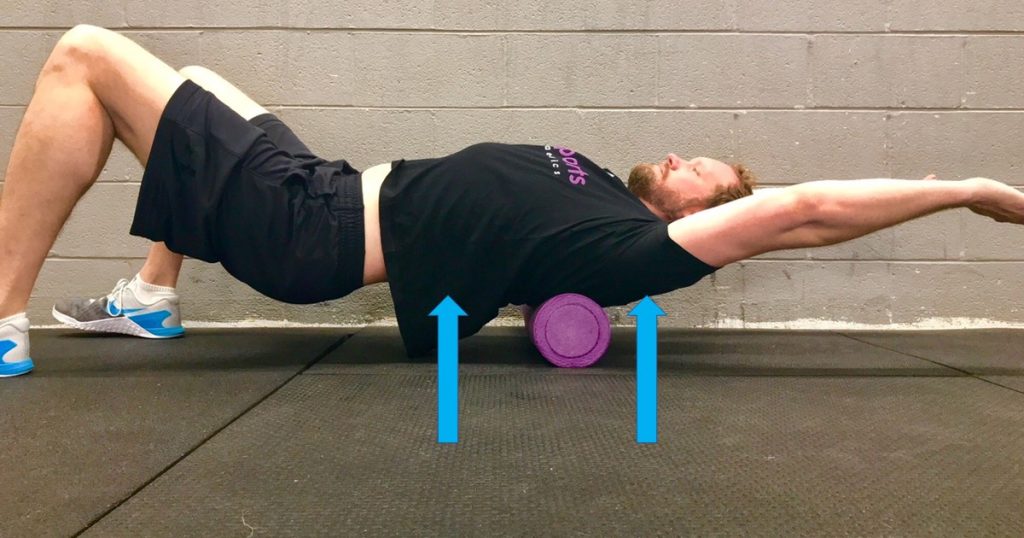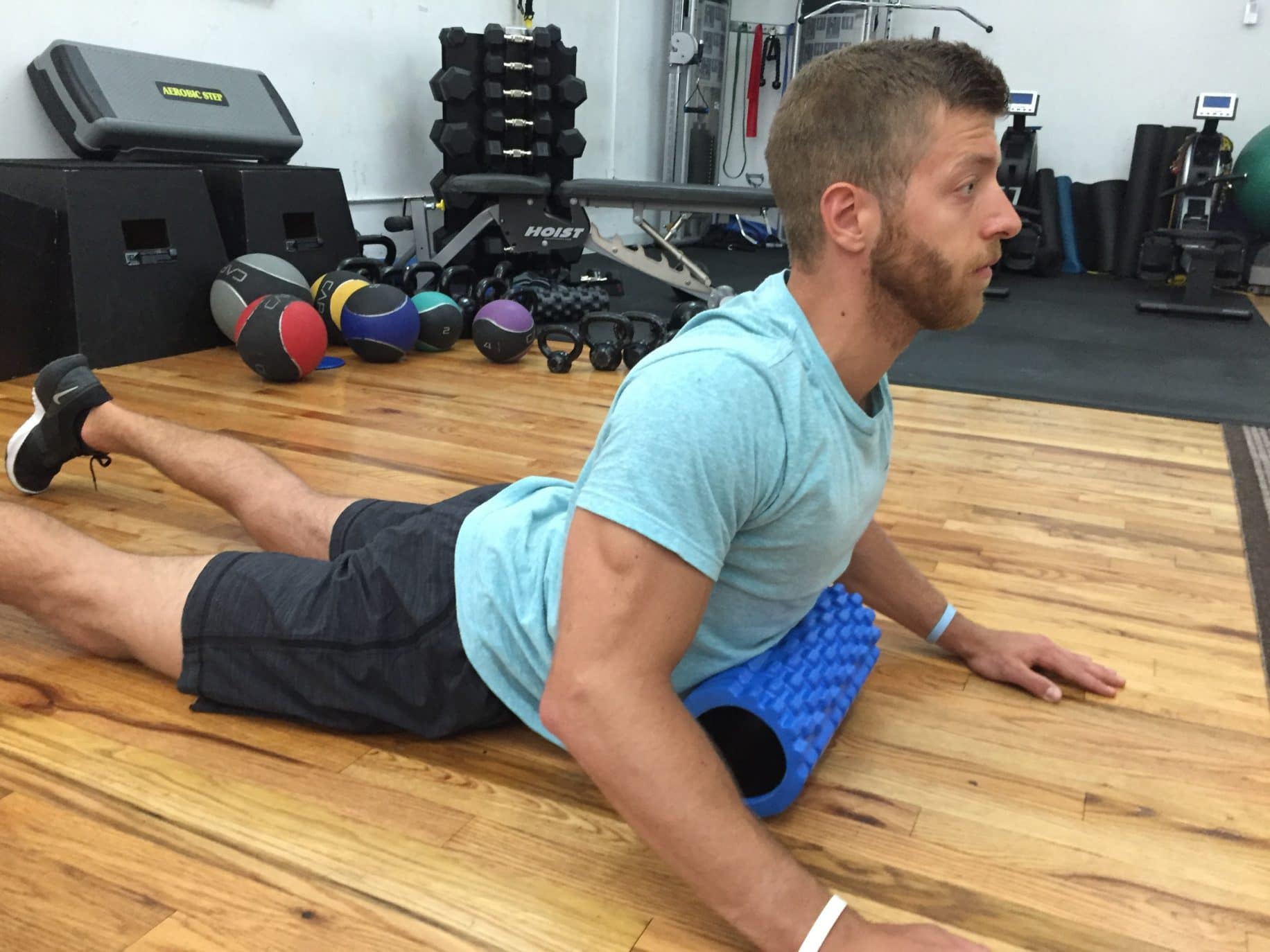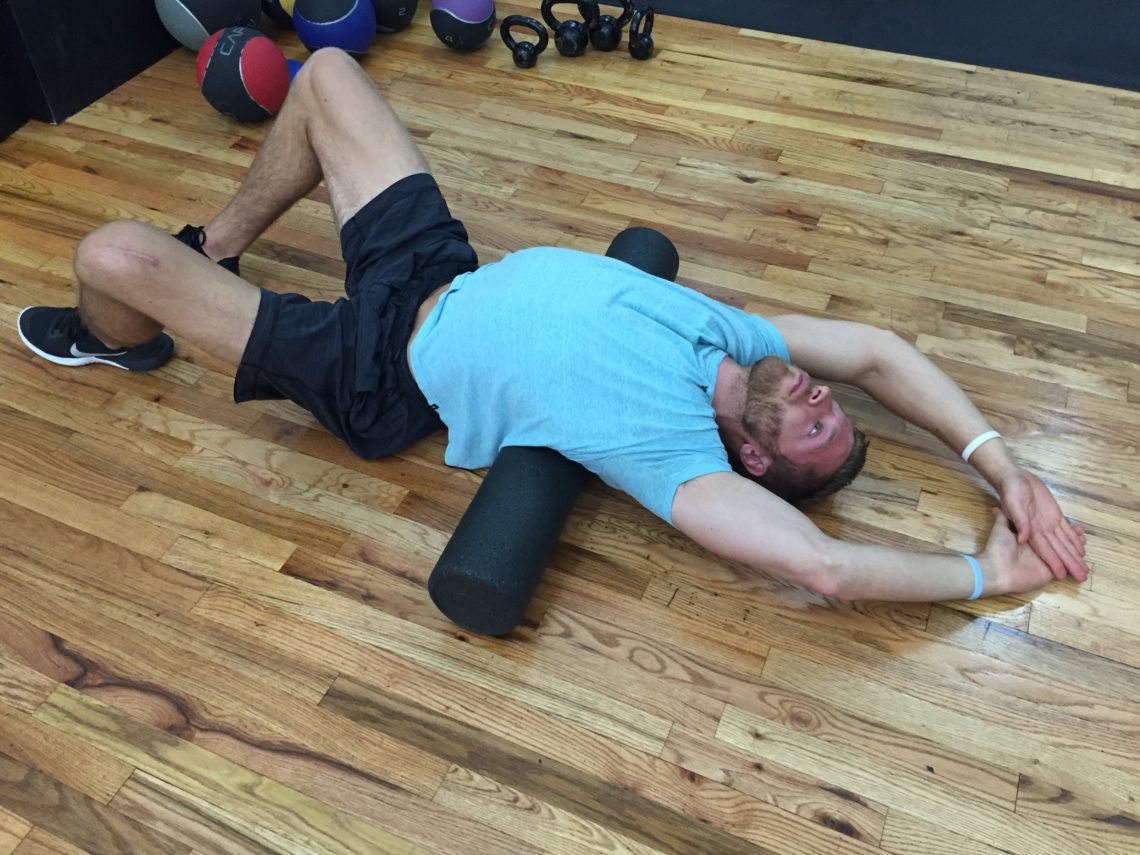If you're looking for a simple and effective way to relieve tension and improve your posture, a foam roller can be a great tool to add to your routine. In this article, we'll explore the benefits of using a foam roller for your upper back and how to use it properly to get the most out of your self-massage.
What is a Foam Roller?

A foam roller is a cylindrical piece of foam that is used for self-massage and myofascial release. It's a popular tool among athletes and fitness enthusiasts, but it's also great for anyone who wants to relieve tension and improve their mobility. Foam rollers come in various shapes, sizes, and densities, but for this article, we'll focus on the standard foam roller that is about 36 inches long and 6 inches in diameter.
Benefits of Foam Rolling for the Upper Back

The upper back is an area that tends to hold a lot of tension, especially for people who spend long hours sitting at a desk or hunched over a computer. Foam rolling can help to release this tension and improve your posture by loosening up the muscles in your upper back and shoulders. Here are some of the benefits of foam rolling for the upper back:
- Relieves tension and soreness
- Improves mobility and flexibility
- Helps to correct posture
- Reduces risk of injury
How to Foam Roll Your Upper Back

Before you start foam rolling, it's important to warm up your muscles with some light exercise or stretching. Once you're warmed up, follow these steps to foam roll your upper back:
- Lie on your back with the foam roller under your shoulder blades.
- Place your hands behind your head and lift your hips off the ground.
- Slowly roll up and down your upper back, stopping at any tight or sore spots.
- When you find a tight spot, hold the foam roller on that spot for 20-30 seconds and then continue rolling.
- Repeat for 1-2 minutes.
Tips for Effective Foam Rolling

Here are some tips to help you get the most out of your foam rolling:
- Start with a low-density foam roller if you're new to foam rolling.
- Don't roll directly on your spine.
- Use your hands and feet to control the pressure.
- Breathe deeply and slowly while foam rolling.
- Drink plenty of water after foam rolling to flush out toxins.
When to Foam Roll Your Upper Back

You can foam roll your upper back any time of day, but it's especially beneficial to do it after a long day of sitting or standing. You can also incorporate foam rolling into your pre-workout or post-workout routine to help warm up or cool down your muscles.
Conclusion
Foam rolling is a simple and effective way to relieve tension and improve your posture. By incorporating foam rolling into your routine, you can help to loosen up the muscles in your upper back and shoulders, improve your mobility and flexibility, and reduce your risk of injury. Remember to start with a low-density foam roller, warm up your muscles before foam rolling, and listen to your body to avoid overdoing it. With regular foam rolling, you can enjoy the benefits of a healthier, more relaxed upper back.